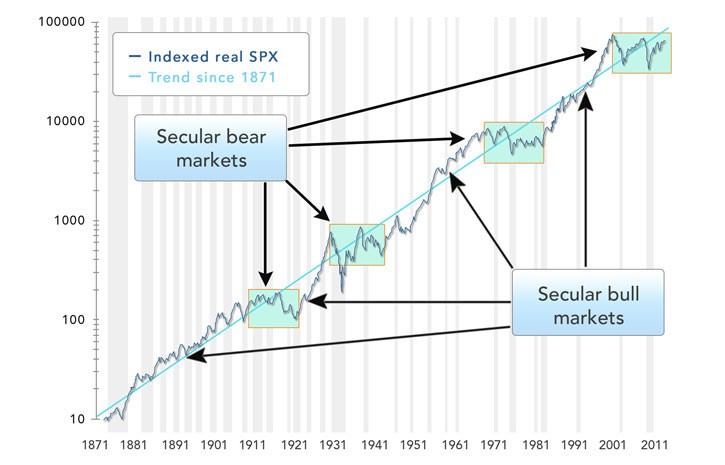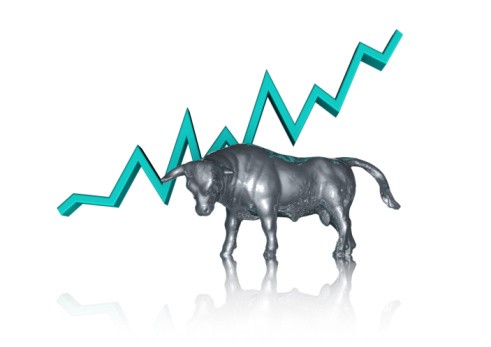Bear Market Definition
Post on: 14 Май, 2015 No Comment

The bull and bear are always fighting on Wall Street. Photo: Stephen Puetzer/Getty Images
Definition: A bear market is when the price of an asset class declines pretty substantially over time. Most analysts announce a bear market when prices have fallen 20% or more. The term is widely used when talking about the stock market, especially the major indices: Dow Jones Industrial Average the S&P 500 or the NASDAQ .
However, it’s also used to describe other investment asset classes, such as a gold bear market or or Treasury bear market. You won’t hear it used to describe price drops in consumer goods, such as computers, automobiles or TVs.
A bear market usually has to make lower lows and lower highs over time. While the average length of a bear market is 367 days, conventional wisdom says it usually lasts 18 months. Bear markets occurred 32 times between 1900 and 2008, with an average duration of 367 days. This is around once every three years. (Source: About.com Guide to Money Over 55, Historical Bear Markets )
It’s much worse than a stock market correction. which seems bad enough at the time. That’s when the stock market drops 10%. It can be kicked off by a stock market crash. which is when the market drops 10% or more in just a few days.
A bear market is usually accompanied by a recession. That’s when the economy stops growing, and even contracts. It usually also entails layoffs and high unemployment rates.
A bear market is difficult to predict. It may look like a correction, until you’ve already lost more than 10% of your portfolio. However, it helps if you know where the economy is in the business cycle. If it’s just entering the expansion phase, then a bear market is unlikely. However, if it’s been experiencing an asset bubble. or investors are behaving with irrational exuberance then it’s probably time for the contraction phase, and a bear market.
Bull Market vs Bear Market
A bull market is the exact opposite of a bear market. It’s when asset prices rise over time. Investors who buy assets because they believe the market will rise are called bulls, while those who are selling because they believe drops will drop over time are called bears. Whenever sentiment is bullish, it’s because there are more bulls and bears, and they can actually create a bull market. These two opposing forces are always at play in any asset class. In fact, a bull market will tend to peak, and seem like it will never end, right before a bear market is about to begin.

Bear Market Rally
A bear market rally is when the stock market posts gains for days or even weeks. It can easily trick many investors into thinking the stock market trend has reversed, and a new bull market has begun. However, nothing in nature OR the stock market moves in a straight line. Even with a normal bear market, there will be days or months when the trend is upward. However, until it moves up 20% or more, it is still in a bear market.
Secular Bear Market
Normal bear market cycles are also known as cyclical bear markets. A secular bear market is much longer term. It lasts anywhere between five and 25 years, although the average length is around 17 years. During that time, normal bull and bear market cycles can occur. However, asset prices will generally return to the original level. There is often a lot of debate as to whether we are in a secular bull or bear market.
Examples: Bear markets are what created the old saying It’s not how much you make, it’s how much you keep. That’s because a ferocious bear market can easily wipe out months or even years of hard-won gains made in a bull market. It’s important to not get too greedy, and take profits on a regular basis. Article updated August 12, 2014














